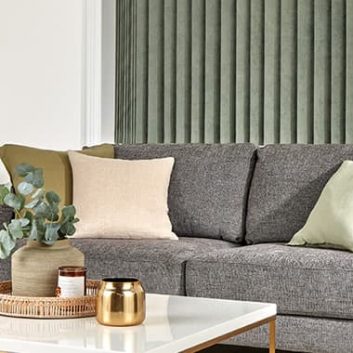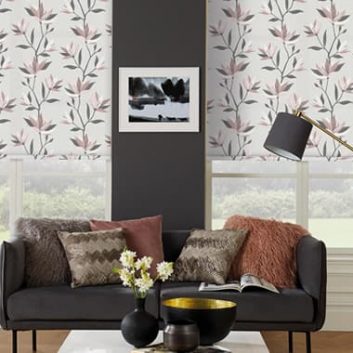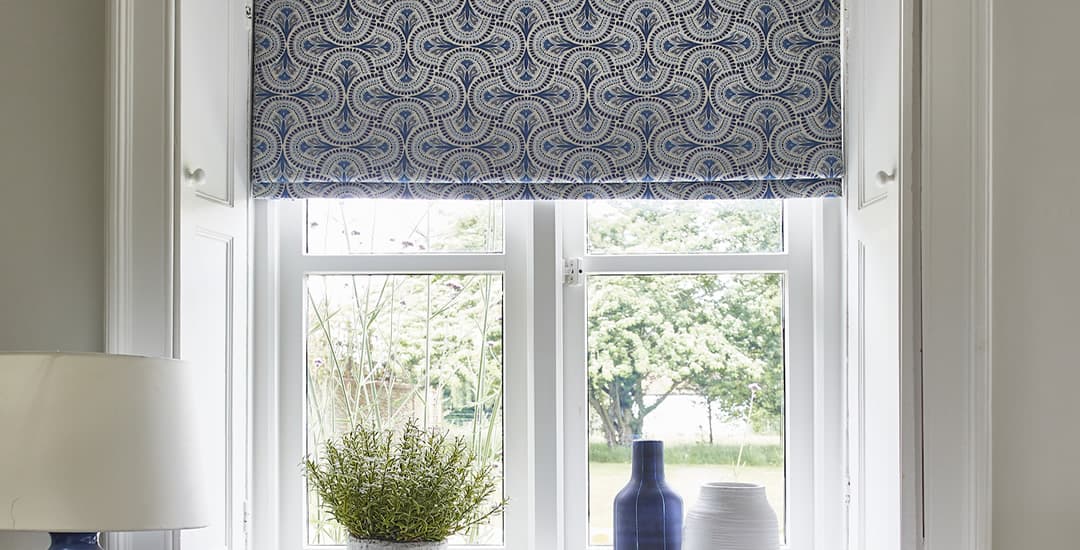
Roman blinds are widely considered to be the most prestigious and luxurious type of blinds of all, and so if you’re trying to create an opulent, sumptuous, or upscale atmosphere within your room or home, Roman blinds are the way to go!
However, Roman blinds aren’t just a pretty face, and they also have a number of other benefits too (aside from the obvious of stopping unwanted light and/or nosy passers-by from seeing in).
This blog post will tell you the benefits of Roman blinds, any potential downsides of them, and what sort of rooms they’re well suited for.
What are the benefits of Roman blinds, and do they have any downsides?
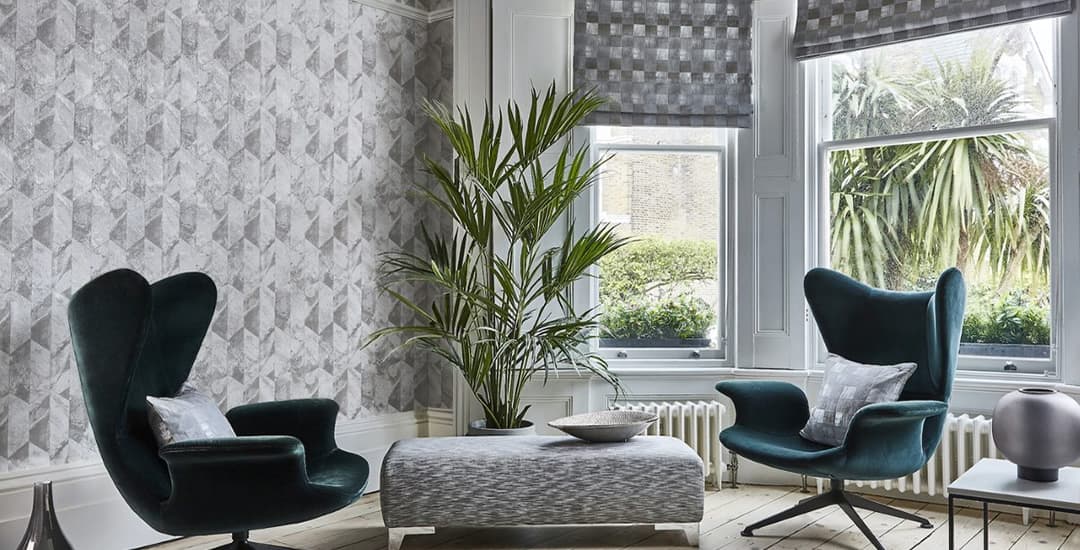
The main benefits of Roman blinds are:
- Their appearance; a Roman blind is a signature blind that stands out thanks to both the quality and prestige of the fabrics used to make them, and the craftsmanship, time, and attention to detail that goes into their creation.
- Roman blinds look sumptuous, warm, and simply luxurious.
- Roman blinds can be made in a wide range of different colours, patterns, and designs, and in a number of fabrics. They’re hand finished (when you buy from a well reputed maker of made-to-measure Roman blinds in the UK), and often intricately detailed.
- Roman blinds are made of reasonably thick, heavyweight fabrics and so provide excellent insulation for your windows. They’re naturally thermally efficient, and you can also choose linings that offer an even greater degree of insulation as well if you wish. This helps to keep your home warmer in winter, and cooler in summer.
- Roman blinds can be made with a blackout lining, but even their standard dimout lining is fairly thick and so often this latter is preferred to allow people choosing bedroom Roman blinds to wake up gently and naturally but not too early!
- Roman blinds have a small footprint on the windowsill, which allows for easy access to the windowsill and leaves plenty of room for ornaments to be placed on it if you wish.
- Whilst their designs and fabrics can be intricate, Roman blinds are actually easy to fit yourself at home, and measuring up for them is just the same as for any other blind, so no concerns on that count.
- Roman blinds are a good fit for literally any design era or style ethos, assuming that you choose a pattern and/or colour commensurate with the rest of your room design; plus, they’re equally well suited to large and small windows, and can even be paired with curtains for a really opulent finish, or to make the window the focal point of the room.
Are there any downsides of Roman blinds?
No downsides as such, but just a couple of things you should be aware of that might mean that Roman blinds may not be the right choice for a certain room or application.
- Roman blinds aren’t waterproof, and so may not be suitable for use in bathrooms, kitchens, and other rooms that are prone to humidity and condensation. For this same reason, they might not be a good choice of blinds for a child’s playroom or bedroom if your children are likely to handle the blind with dirty hands or accidentally or deliberately get something mucky on it!
- Roman blinds can only be opened, closed, or left in a midway position; they cannot be used to filter light in the same way that blinds with louvres or slats can.
- Roman blinds are also the most costly type of blinds to buy overall as a rule, and so they may not fall within everyone’s budget.
What are the benefits of Roman blinds for bedrooms?
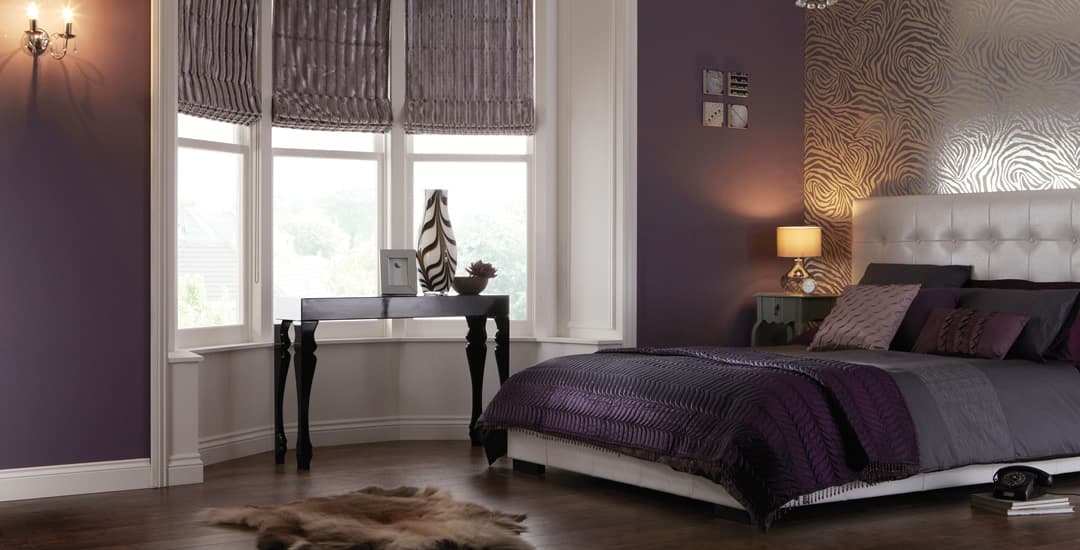
Choosing Roman blinds for your bedroom can help to give your bedroom a luxurious, opulent feeling or turn a bedroom into a boudoir! They’re excellent for insulating the room at night to help to maintain the temperature when you might have your heating off, and can be made in either a blackout or a dimout finish, depending on your preferences.
What are the benefits of Roman blinds for living rooms?
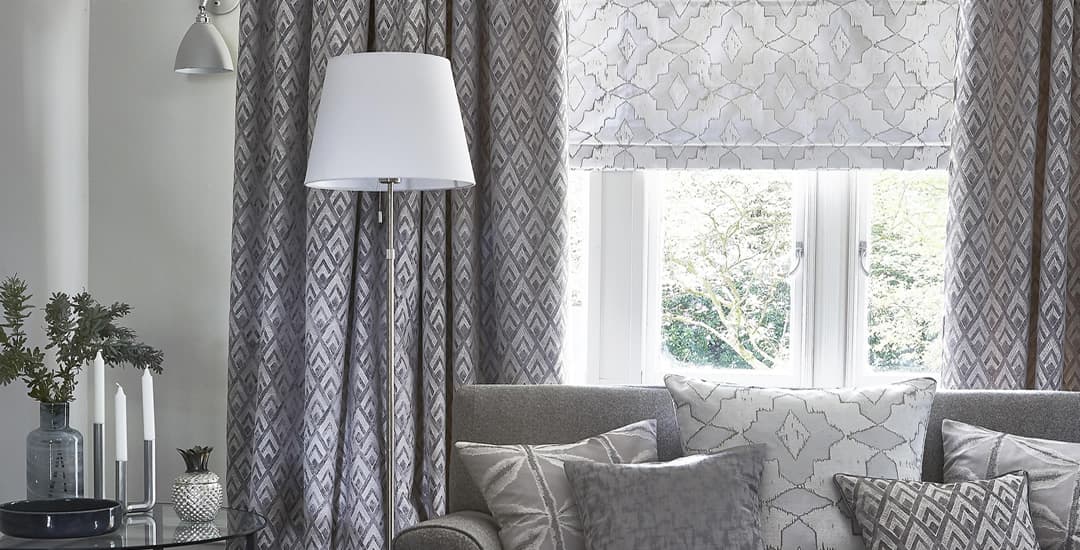
If you have a large or high-ceilinged living room, Roman blinds can help to insulate it and keep heat from escaping out of the windows. They also work well in a large or grand space without getting swallowed by other details, and help to make a feature of your windows both when the blinds are open and when they are closed.
If you’re trying to make an impression, Roman blinds for living rooms are a great choice, and as I mentioned earlier, the sheer number of options available to you in terms of designs and styles mean that you won’t have any problems finding a Roman blind that works with the theme or tone of the room either.



